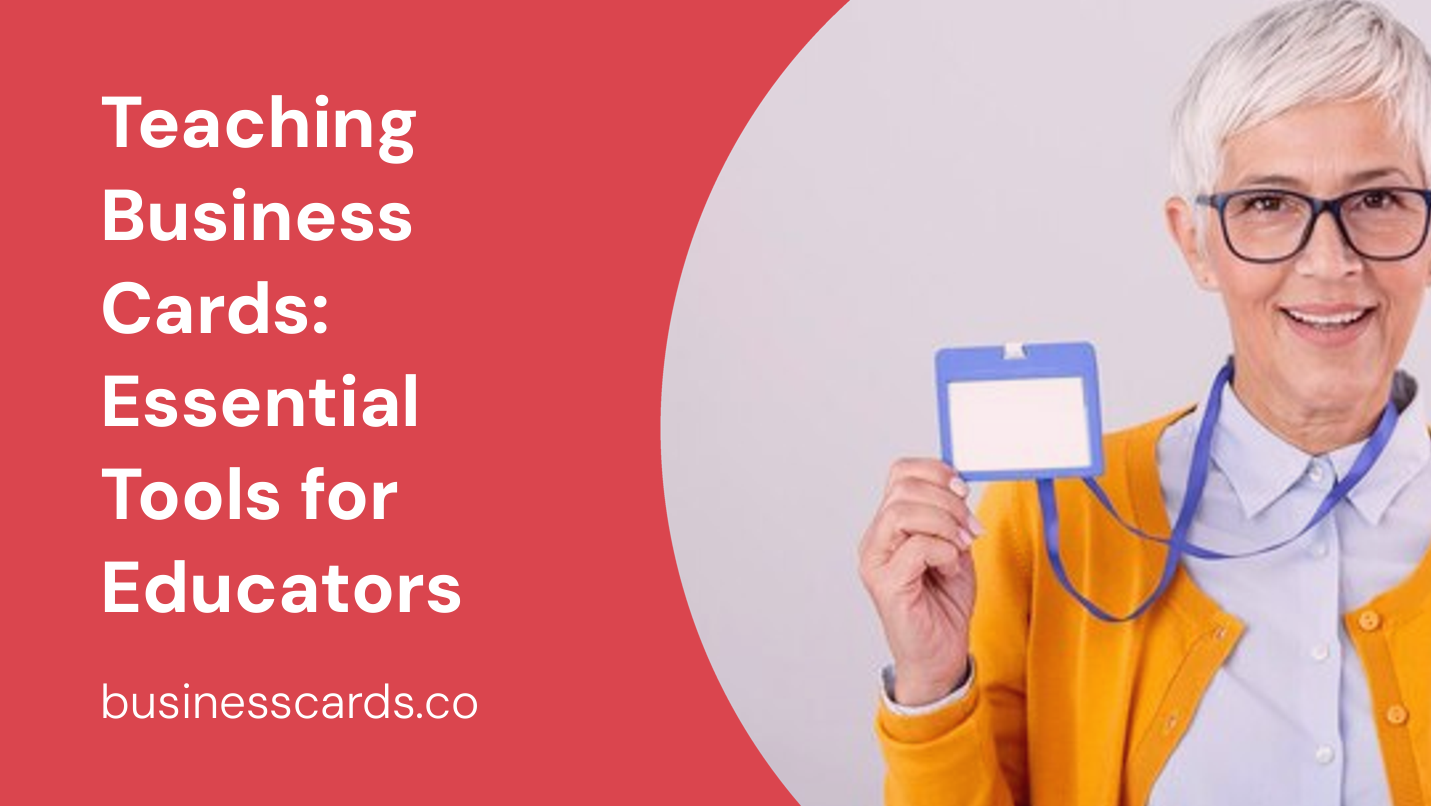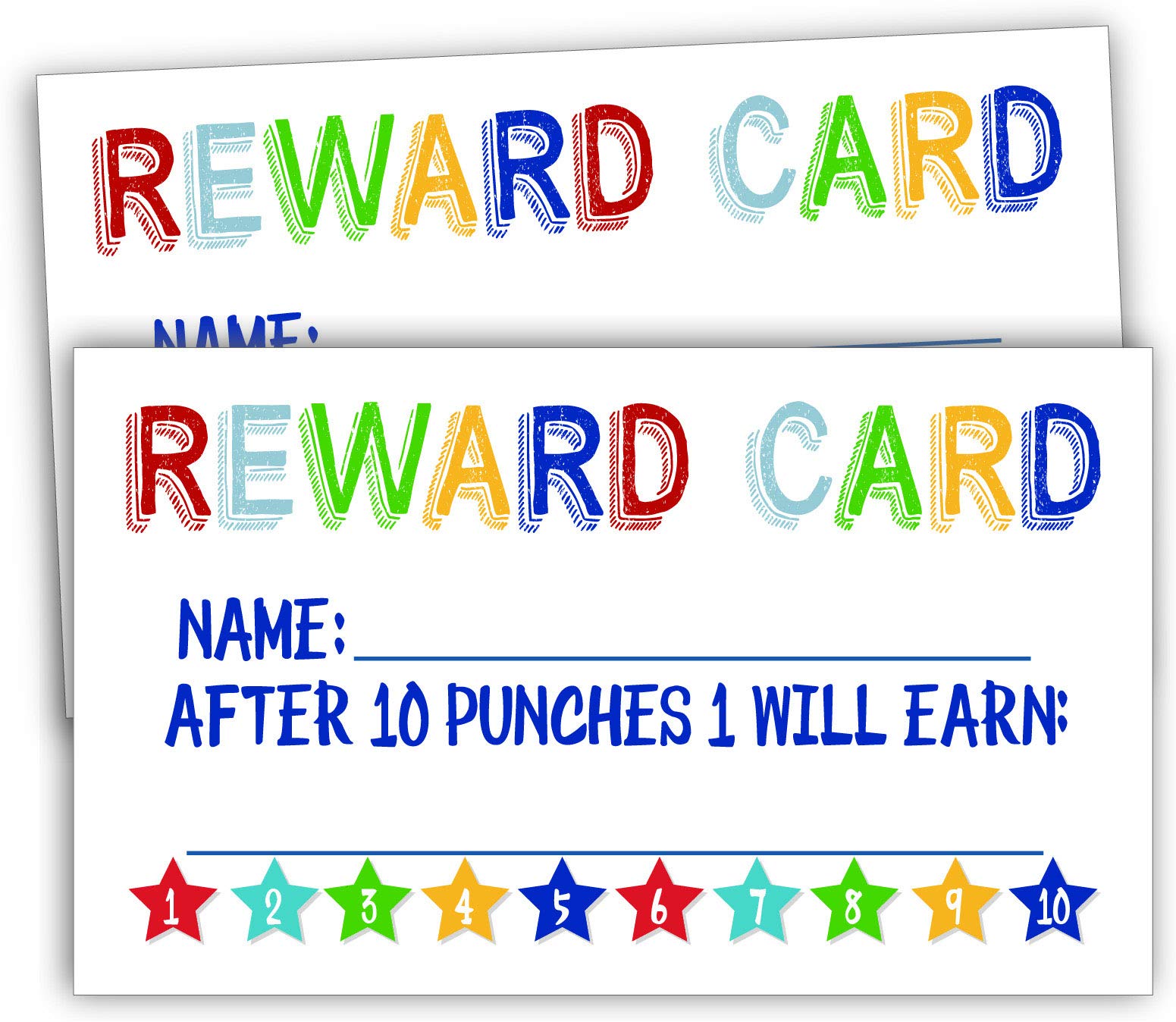
Business cards may not be the first thing that comes to mind when you think about teaching, but they can be incredibly helpful tools for educators. In a profession where networking and communication are key, having a well-designed and informative business card can make a lasting impression on colleagues, students, and parents alike. Whether you’re a seasoned educator or just starting out in the field, teaching business cards can help you establish your professional identity and showcase your expertise. In this article, we’ll explore the benefits of using business cards in the education sector and provide some tips for designing an effective card that reflects your unique teaching style.
Benefits of Teaching Business Cards

1. Professional Networking
As an educator, you likely attend conferences, workshops, and other professional events where you have the opportunity to connect with colleagues and potential employers or collaborators. A business card can serve as a tangible reminder of who you are and what you do, making it easier for others to remember you and get in touch. By exchanging business cards with fellow educators, you can build a network of contacts who may be able to provide support, share resources, or even offer job opportunities in the future.
2. Clear Communication
A well-designed teaching business card can communicate important information about you and your role as an educator. Include your name, job title, school or institution, and contact details such as email address and phone number. This allows others to easily reach out to you for professional inquiries or collaboration. You can also consider including a QR code on your business card that links to your professional website or online portfolio, providing an easy way for others to learn more about your work.
3. Positive Impression
Business cards are physical representations of your personal brand. A thoughtfully designed and aesthetically pleasing card can leave a positive impression on anyone who receives it. When designing your teaching business card, consider incorporating elements that reflect your teaching style or subject area. For example, a science teacher could use a background design featuring test tubes or beakers, while an art teacher may opt for a card with a colorful palette. By infusing your personality into the design, you can make your business card memorable and stand out from the crowd.
Designing an Effective Teaching Business Card

To create a teaching business card that effectively represents you as an educator, consider the following tips:
1. Keep it Simple and Professional
While it’s important to infuse your personality into the design, avoid cluttering your business card with excessive information or distracting visuals. Keep the design clean and professional, with easy-to-read fonts and a layout that allows the recipient to quickly find the important details. Remember, the purpose of the card is to communicate essential information, so make sure the design supports this goal.
2. Reflect Your Teaching Style
Consider incorporating elements that reflect your teaching style or subject area. If you’re a math teacher, for example, you could include equations or mathematical symbols in the design. If music is your area of expertise, consider adding musical notes or instruments. By visually representing your teaching specialty, you’ll make a stronger and more memorable connection with the recipient.
3. Use High-Quality Materials
Investing in high-quality materials for your business cards can make a significant difference in how they are perceived. Opt for sturdy cardstock that can withstand frequent handling and avoid flimsy, easily damaged materials. Additionally, consider using a professional printing service to ensure crisp and vibrant colors. Remember, your business card is a reflection of your professionalism and attention to detail.
4. Include Relevant Social Media Handles
In today’s digital age, incorporating your social media handles on your business card can be a valuable addition. If you maintain professional accounts on platforms like Twitter or LinkedIn, including them on your card can make it easier for others to connect with you online. However, be selective and include only platforms that are relevant to your professional life. Check your online profiles regularly to ensure they present a consistent and positive image.
5. Update Regularly
As your career progresses and your contact information or job role may change, it’s important to keep your business cards up-to-date. Always have a sufficient supply of business cards on hand, and review their design and information periodically to ensure accuracy. An outdated business card could give the impression that you’re not actively engaged in your profession or that you’re unorganized.
Conclusion
Teaching business cards are an often overlooked tool in the education sector, but they can play a significant role in networking, communication, and professional branding. By designing a well-crafted and informative business card, you can make a positive impression on colleagues, students, and parents, while also providing a means for future connections. Remember to keep your design professional and reflective of your teaching style, use high-quality materials, and update your cards regularly. Embrace the power of teaching business cards to enhance your professional identity and open doors to new opportunities in the education field.
Ethan is a branding enthusiast and a master of storytelling. With a background in advertising, he leverages his expertise to explore the art of graphic design and its impact on business. In his free time, Ethan enjoys photography and capturing the world’s visual intricacies.